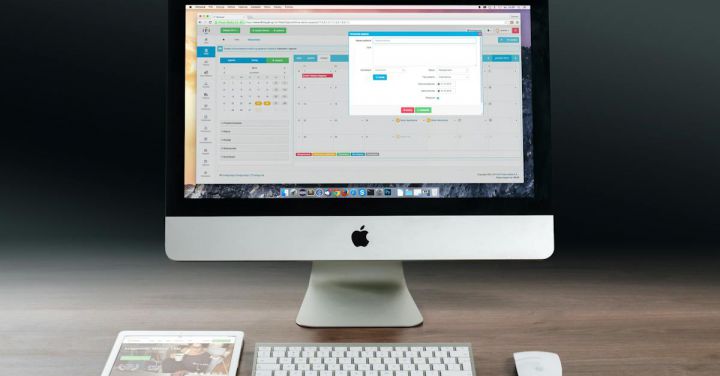What Are the Benefits of Desktop Virtualization for Businesses?
In today’s digital age, businesses are constantly looking for ways to streamline their operations and increase efficiency. One innovative solution that has gained popularity in recent years is desktop virtualization. This technology allows businesses to virtualize their desktop environments, enabling employees to access their workstations from any device, anywhere, at any time. But what exactly are the benefits of desktop virtualization for businesses? Let’s take a closer look.
Enhanced Security and Data Protection
One of the primary benefits of desktop virtualization is enhanced security and data protection. With traditional desktop environments, sensitive data is stored on individual devices, making them vulnerable to theft or loss. Desktop virtualization, on the other hand, centralizes data storage and security measures, reducing the risk of data breaches. In the event of a lost or stolen device, businesses can simply revoke access to the virtual desktop, ensuring that sensitive data remains secure.
Increased Flexibility and Mobility
Another advantage of desktop virtualization is increased flexibility and mobility. With a virtual desktop, employees can access their workstations from any device with an internet connection. This means that they can work remotely, on the go, or even from home. This flexibility not only improves work-life balance but also allows businesses to tap into a global talent pool. With the ability to hire remote workers, businesses can access a wider range of skills and expertise, ultimately increasing productivity and innovation.
Simplified IT Management
Desktop virtualization also simplifies IT management for businesses. With traditional desktop environments, IT administrators must individually manage and update each device. This can be a time-consuming and resource-intensive process. With desktop virtualization, however, IT administrators can centrally manage all virtual desktops, making updates and software installations much more efficient. This not only saves time but also reduces the risk of compatibility issues and downtime.
Improved Disaster Recovery
Disaster recovery is a critical aspect of business continuity planning. In the event of a natural disaster or system failure, businesses need to quickly recover and resume operations. Desktop virtualization provides improved disaster recovery capabilities by allowing businesses to quickly restore virtual desktops from backups. This minimizes downtime and ensures that employees can continue working without interruption.
Cost Savings
Finally, desktop virtualization can result in significant cost savings for businesses. With traditional desktop environments, businesses must purchase and maintain individual devices for each employee. This can be a substantial expense, especially for larger organizations. Desktop virtualization eliminates the need for expensive hardware and reduces energy consumption. Additionally, businesses can save on IT support costs as the centralized management of virtual desktops requires fewer resources.
In conclusion, desktop virtualization offers a wide range of benefits for businesses. From enhanced security and data protection to increased flexibility and mobility, this technology enables businesses to operate more efficiently and effectively. Simplified IT management and improved disaster recovery capabilities further contribute to the appeal of desktop virtualization. Moreover, the potential cost savings make it an attractive option for businesses of all sizes. By adopting desktop virtualization, businesses can stay ahead of the curve in today’s rapidly evolving digital landscape.






